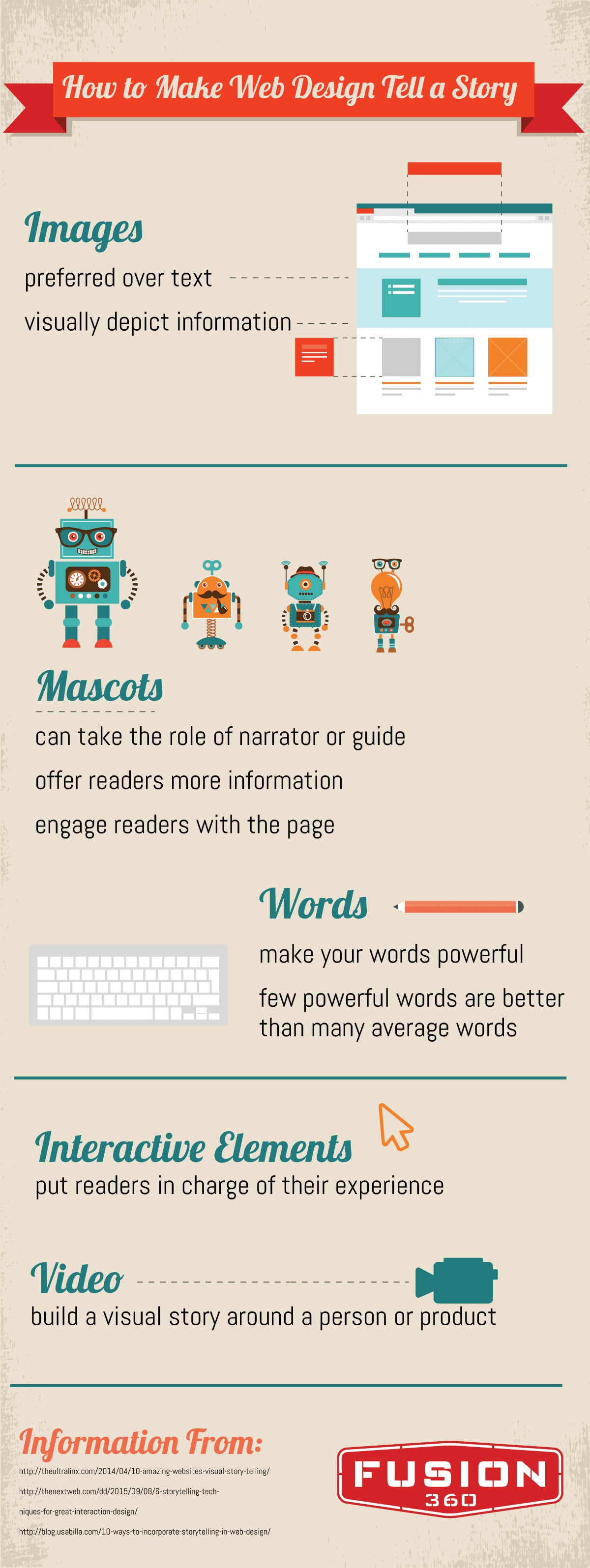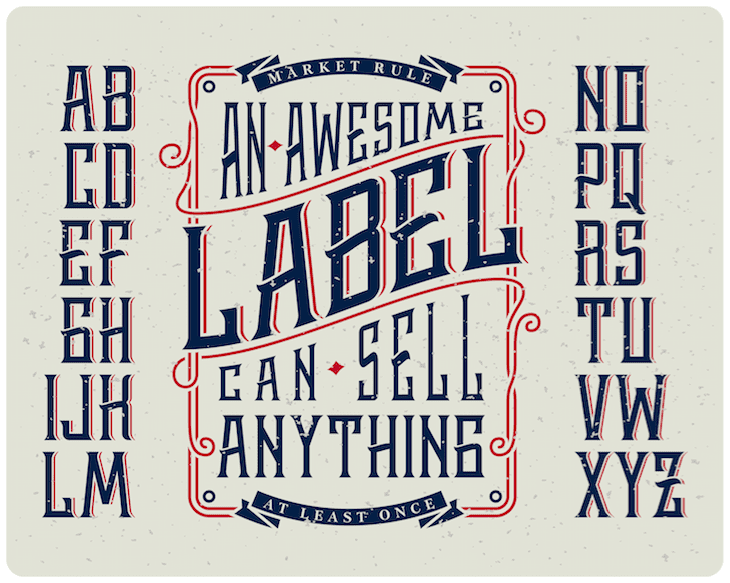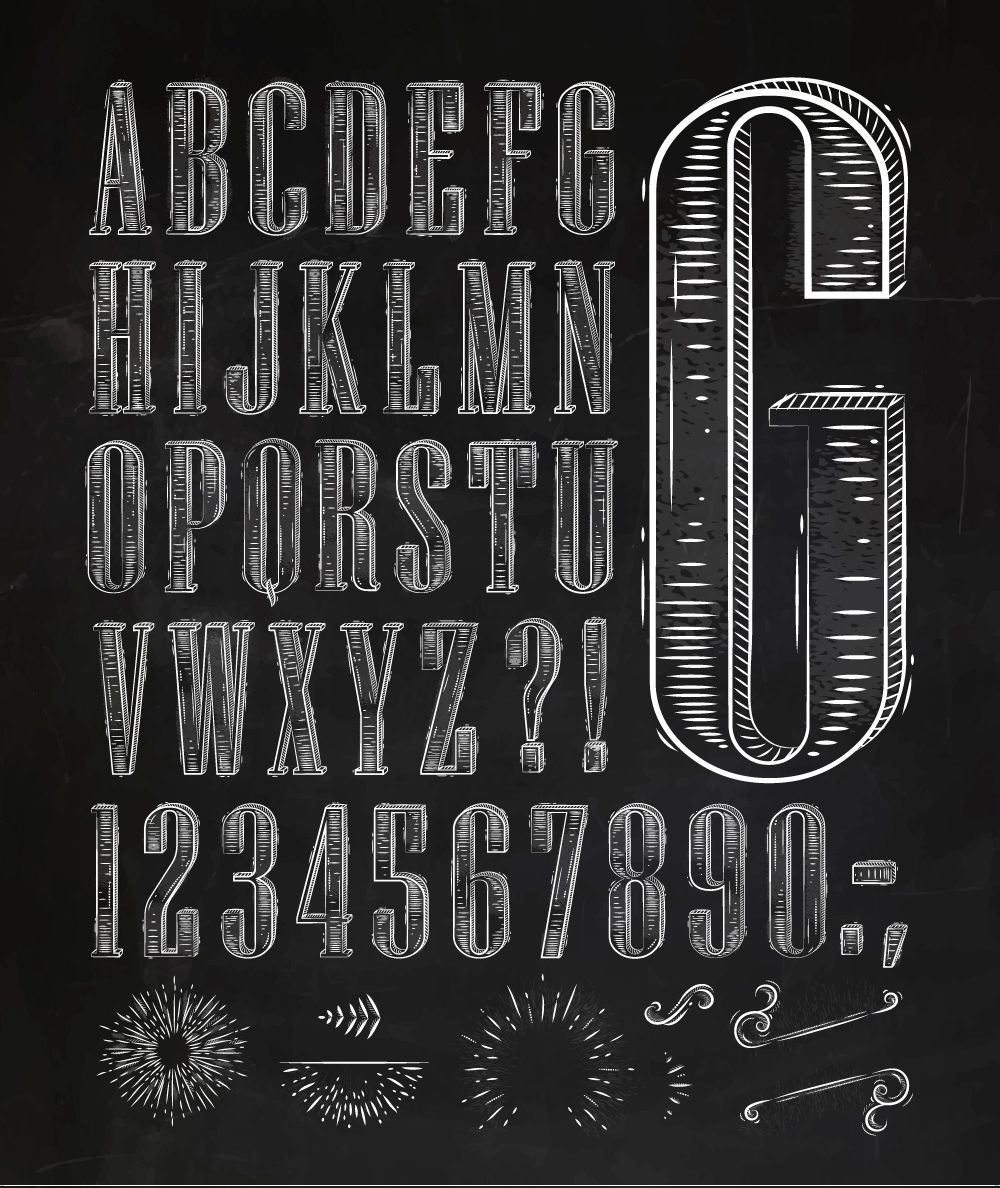If you don’t believe that creating a website for your business is beneficial, watch this video to let us change your mind.

If you accessed social media at all during this past Presidential election, then your account was probably plastered with all sorts of political agendas and opinions. You know Donald Trump is constantly tweeting and everyone is either agreeing or disagreeing with what he is doing. Social media has significantly influenced the field of politics.
There is always news — always. Before the Internet, people had to wait for the news that night or the newspaper the next day to get the latest information. Now, you have news wherever and whenever you want it. Marketing agencies around the world work to keep the information flowing along with these sources of news.
The problem with that is occasional misinformation. When people check Facebook and Twitter for the latest trends, the news they pull form there isn’t always accurate.
Increased Interaction
Political polls are important and you can often find poll results on the same day. Thanks to social media, these polls have had an increased presence. Social media platforms can now report results of polls, while also allowing you to participate in polls you or your friends create.
In addition, social media now allows user to have direct interaction with candidates and elected officials. Before the age of the Internet, it was difficult to interact, let alone meet with a political official. Now, there are events that are streamed live across social media platforms where people can interact with candidates and politicians.
The Impact
Social media is still rather new. We are just seeing the beginning impacts on society. It will become more and more influential in the political realm. It will be interesting to see how it will continue to influence politics.
Social media is not only having an effect on politics, but many other things as well. Marketing agencies are no longer just doing traditional marketing. Now, they are targeting website design, SEO and more online marketing rather than traditional media outlets such as television.
Sources:
https://blog.sysomos.com/2016/10/05/social-media-affects-politics/
The best website designs capture our attention by telling a story. It may sound strange, a website telling a story, but web design is an art form. Like any other art form, design can tell a story. You just have to look closely and interpret what you see. In the modern world, the internet is a vehicle to not only tell stories, but to use stories to get the most out of websites.
So how do you it? How do you make your website the next Mark Twain, Leo Tolstoy or J.K. Rowling? Here are few different ways to help your website tell a story.


Website design is ever-evolving, and part of that is because how we view websites is constantly changing. According to the Global Web Index, 80 percent of people in the states view the internet on their phone. Additionally, 47 percent surf the web on their tablet, and 37 percent use their game consoles. Using a PC or laptop is still the most popular way at 91 percent, but new technologies such as smart televisions and smart watches are also becoming new platforms for people to search the internet.
What this means for website design is that you have to come up with design techniques that best benefit the user’s experience with any given website. Two of the more prominent website design choices have been responsive design and adaptive design. They sound like synonyms for one another, but they offer different approaches to how someone should experience a site.
Responsive Design
Responsive websites are flexible and fluid, and they respond to the size of your web browser. So for example, if you have your browser open at full screen on your laptop but then minimize the screen to only half of your desktop, you’ll see the website resize along with your browser.
Adaptive Design
Adaptive chooses static layouts over a responsive website design approach. Adaptive design detects what size your browser is at, and it’ll load the layout it believes is the best fit for your browser size. Traditionally, adaptive design layouts have about six adaptive layouts for the six most common screen widths. So for example, if you have your browser’s width at 320, the adaptive design will load its layout for that screen width; and if you expand that screen width to 1200, the adaptive layout will then load its design for that size. The design will only adapt to a new layout when the browser hits specific widths.
Which Design Should You Use?
You generally have more control over what your website looks like with adaptive design because you’re deciding how users experience your website at any given size. With responsive, the user gets to view the site how they please, but this usually makes more work for your website design strategy because you’ll have to consider every type of layout size a user could put your website through.

Just because web development and website design sound the same, doesn’t mean they are. Think of it like dessert and desert. They sound similar, sure, but they couldn’t be further from each other.
To break it down in its simplest terms, web development deals with coding and making a website that’s accessible to users, and website design deals with the aesthetics and creative design aspects of a website. They’re both important to have and one doesn’t really work without the other.
What a Web Designer Does
From the outside, people might think website design is just picking what colors the site should have and what fonts you should use. They do that, but that’s barely a fraction of the job.
Designers conceptualize what they want the website to look like. Once they go through every painstaking detail that comes with choosing a cohesive and pleasing design, they then start creating a wireframe for the site. A wireframe is essentially a blueprint for the website. It’s a visual guide that gives an example of how the website should look through a skeletal framework.
What a Web Developer Does
Remember how in every other scene in “The Matrix” there was a person frantically typing on a computer? What they were doing was coding, and that’s pretty much what web development is: coding and putting together a website. Once the design has been established and the wireframe is completed, a web developer will turn that concept into reality by coding the website. Developers might use HTML, Javascript or another coding language to make a website come to life.
What They Have in Common
It might not seem like there’s a lot of middle ground between the two positions, but they have some similarities with each other. Just like web development, website design requires you to understand a formula or flow of how a website should look. And just like a web designer, web developers need to be creative sometime with their code, and they need to think outside of the box to create a site that fits a designer’s needs.

Within the past decade of website design and website development, there has been a lot that has been accomplished — and there have been things that we have been able to learn, both good and bad from both the successes of the good websites and the failures of the forgettable ones. Here are just a few things to take away in case you are hoping to up your website design game and create a website that is both attractive and efficient.
Believe in Yourself and Your Website
The first thing you can do to help yourself on your path to great website design is to believe in yourself and the content that you create. Being good at something like designing a website is very similar to being good at anything else. It takes a lot of practice and determination, but on top of that, you have to have a confidence and belief in yourself that you are great and that you can do great things if you simply put your mind to it. By simply having confidence in yourself, you give yourself the room to try new things and know that it is ok to fail, because those failures are going to lead you to your biggest successes.
The Four-Second Rule
The four-second rule is based off of the idea that you and anyone that visits your site should be able to take one look at your site and be able to decipher what it is about and what it is for in about 4 seconds or less. If your users cannot do this, then your website is too complicated and in need of some simplification.
Keep Constant Contrast
The definition of contrast in website design is the difference in visual properties that make an object distinguishable from other objects in the background. As this relates to your website, you simply need to make sure that the most important parts of your website are distinguished from the rest of it. By doing this, you also make your website much easier to navigate.
Navigation Is Key
The final tip is to make sure that the visitors to your website do not get lost in trying to navigate to different pages around your site. Just because you designed it and can figure it out, obviously does not mean that everyone can. The best thing that you can do is have other people such as friends or other website design professionals come and test your website and give you feedback on where you can improve the most and what aspects you succeed at.

Looking for a new web design firm? Before you hire them, have you taken a look at some of their previous work? Here are some things you should learn before hiring a website design firm. Finding a firm that fits with your company is very important. Before starting the process, decide what you are looking for in a web design firm.
Previous Work
Possibly the most important thing when hiring a website design firm is to see their previous work. If the firm does not have a very good return rate with customers and do not keep clients long, that is probably a sign that they do subpar work. Try a find a firm (such as Fusion 360) that has a great history with past clients and has greatly improved their online reach.
Find Out Their Vision
Before hiring a website design firm, it is important to find out what they want to do with your company. Find out their vision and where they see your website going and make sure that what you see and what they see match. A great way to test this is to give them your idea beforehand and then let them set together a plan of what they would do. This is something that can be done before hiring the firm.
Talk to Current & Past Clients
If possible, reach out to current and past clients of the agency and see what they will say — all of Fusion’s clients will say we’re great. Ask what they like and what they dislike and how their business has performed since hiring the firm. Find out what they are good at and make sure that they make enough time for all of their clients.
Learning about your web design firm before hiring them is very important. It could be the difference between going out of business and business booming. Choosing a great firm could become a turning point in the history of your company.

Are you more likely to blow your entire paycheck at the local art supply store than the Apple Store? Do you carry a sketchbook in your back pocket or purse next to your keys and wallet? Do you cringe at terrible design concepts while walking through a local business subdivision? If you answered “yes” to any of the above questions, then there’s a highly likely chance that you have the DNA of a web designer. Here are a few key indicators that your life calling is to create innovative website design.
1. You Judge People, Places and Things by Font Choice

You walk into a new restaurant, and as you’re waiting for a table, you decide to use the facilities. Plastered on the door of the restroom is a sign that reads “Please Ask for Key” — in Comic Sans. As soon as your eyes land on this repulsive font choice, you know that you can’t trust the quality of the restaurant. You grab your significant other and book it out of there faster than you can say Times New Roman.
2. You’re More Swayed by a Product’s Packaging Than the Actual Product

We all might be a little guilty of purchasing a product based solely on its superior packaging — especially if that product is from Glossier, Everlane or Birchbox. The non-designer brain has no problem choosing the product with (shudder) ugly packaging; however, the brain of someone destined for the field of website design is repulsed by the mere thought of bringing something so homely into her home.
3. You’d Never Dream of Throwing Away Magazines

Your magazine library is almost as extensive as your collection of books — and you wouldn’t dream of ever tossing one of your most beloved magazines. Is it the layout? The font choices? The general inspiration that they provide? It might be a combination of all three. Whatever the case, if you’ve got a hefty collection of magazines, it’s pretty safe to say that you’re destined to work in the field of website design — after you’re done pouring over the latest issue of Interview, naturally.

Picking a font for a company webpage goes well beyond knowing the difference between Serif and Sans Serif. Though the basics of font choice are always a necessity, it is important to remember that picking the perfect font requires time, effort and expertise.
Some self-taught font fanatics and many professional website design companies have the skills necessary to take any website font from bland to brilliant. Selecting the appropriate font during website design allows for companies to draw customers in — and keep them there.
Being Influential With Font Choice
Fonts can do one of two things. Fonts can exemplify your message, enhancing the reader experience and creating a cohesive feel, or fonts can be disruptive and mess everything up.
Good website design uses fonts to enhance the text and represent the company as a whole. If your company has an elegant feel, consider using a cursive or calligraphy font. On the flip side, if your company is big, bold and loud, let your font express that to the world.
Fonts have the ability to describe something about your company to consumers without express verbal explanations. Consider fonts to be the clothing choice of website design; if you wish to appeal to a group of classic southerners, you dress in classic southern attire. If you want your website design to speak to a classic southern audience on a subconscious level, you use a font that evokes a classic southern feel.
Finding a Font That Fits
After a company identifies what feel it wishes the font to portray, the actual font selection process begins. In many cases, individuals with website design expertise can help companies make the final selection. This ensure that a company is making the most appropriate selection.
If your company wishes to portray a big and bold image, begin looking at fonts that fit in that realm. As you study font options, take time to do the research. Find out what other entities use your font; knowing who else uses certain fonts helps make your final decision informed and educated.
In some situations, companies may wish to have their website design team develop an entirely new font for its webpage. This is perfectly acceptable when done carefully.
Fonts are used not only for website design but for company logos as well — eventually these fonts may evolve into a key factor in identifying your company. However, the time it takes to carefully select a font — especially in cases like these — will always pay off.

There are a lot of ways to get a website built. You can build one from ones of those janky site builders or hack one together on your own with WordPress and a $90 template. For a lot of small businesses in Utah, that might seem like a solid web development decision, but for those who want to stand out, it ain’t gonna cut it.
The best thing you can do is build something fresh from scratch. If you want to stand out among millions of businesses from Utah to Ukraine, it’s the only option you have. The question is, then, who can make it happen?
A lot of businesses are tempted to use freelancers, and several websites have popped up over the last few years that promise to set you up with a professional to get things done. But can they make the cut when it comes to web development?
Fiverr
Fiverr allows you to buy five dollar services from experts. The catch, of course, is that five dollars will usually just get you a quick fix on an existing website. Building something from scratch probably isn’t really feasible. For getting small, quick changes to what you already have, Fiverr might not be such a bad idea, but proper web development for your Utah business? Nah.
Freelancer
Freelancer connects you with an expert or experts who can complete an entire web project. You post information about the job, the scope, and your budget, and wait for someone to pick up your assignment. The trouble here is that while you can pay Freelancer to help you find people, you may not be totally certain about their skill set, ability to understand your needs and so forth. Finding a reputable, experienced freelancer can be a challenge through services like these.
Fusion 360
The awesome thing about hiring an agency for web development (particularly one based near you in Utah), is that you can find one with a proven track record and one that has lots of work samples. An agency such as Fusion 360 has a much, much more hands-on approach as they get to know your brand and we offer supplementary services outside of basic protocol. Content, video production, custom imagery and more are all things we can provide in addition to just the site design.
Ultimately, it’s up to the individual business whether it’s worth it for them to go the inexpensive route and risk being frustrated with a dull site, or find a firm that can deliver the killer digital properties they’re really looking for in a web design.


